New Year’s Traditional Food in Japan
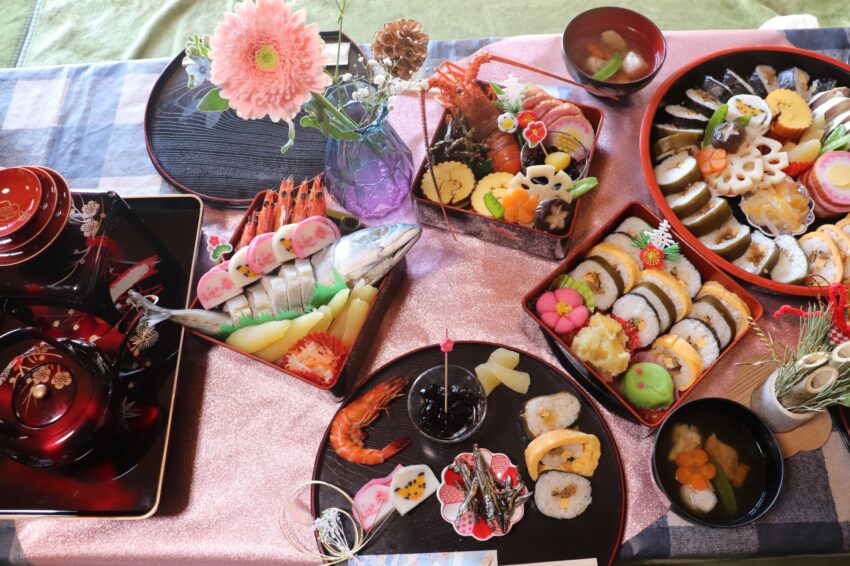
Top photo: ありのまま4youさん on PhotoAC
One week before Winter Vacation took place in one of the junior high schools in the West Part of Tokyo, I was tasked to do a lesson about New Year in the Philippines, my home country. The 2nd Grade teacher wants my lesson to have a sense of cultural exchange in which I should be able to share some aspects of my culture, particularly our New Year’s traditional food. After my presentation which included Listening, Reading, Defining some new vocabulary words and showing some photos, it was time for them to have a group discussion and afterwards, Q and A.
I never thought that this topic would turn out to be the most interesting for them. For our past lessons, it was always like this. Sharing different ideas and traditions.
At the end part, we had Writing. It was time for them to share with me some of the Japanese New Year’s food. How it is being prepared and what’s the meaning of having that food and eating it on New Year’s Day. I handed them worksheets for them to write and express their ideas. I was thrilled looking at them writing enthusiastically, as if they were so excited to share their usual food on New Year’s Day. I did not leave the school till I finished checking all their very interesting paragraphs written in their worksheets. I wrote a very inspiring message at the bottom of their paper.
Osechi Ryori
And here are the top New Year’s foods in Japan, as what the students wrote in their paragraphs. First, they have the Osechi Ryori. It is a collection of foods that is to be shared for everyone in the family on Shogatsu or New Year’s day. It is usually exquisitely prepared in four layered bento boxes called jubako.
Each food has a meaning and a purpose. The sweet TamagoYaki folded like a roll of important documents or paintings, represents a wish for cultural development and learning. Second, is the golden Dango or sweet dumplings represents wealth as it is gold in color. They also have the Kohaku Kamaboko or boiled fish paste which should be in pairs and in red and white color. Red is to prevent evil spirits while white is for purity.
Konbu-maki should be in the box as well as it represents joy and happiness. Kobu symbolizes many offspring so they hope to have more childbirths in the coming year. In relation to this, Kazunoko should be in the box for a wish to have many children. Another one is a big shrimp which has a long antennae for long life. The sweet black beans are to wish for good health and energy to work well.
There is also sweetened baby sardine fish called Tatsukuri if you wish to have a bountiful harvest from your rice fields if you are a farmer. The Renkon or lotus root for a good future and Kikuka-Kabu or turnip to drive evil and allow you to live longer. Another root crop is Gobo for strength and stability. Lastly, a big sea bream fish or Tai to wish for prosperity and happiness.
Toshikoshi Soba
Typically eaten on New Year’s Day in Japan is Toshikoshi Soba, a Japanese noodle bowl dish. Soba is made of buckwheat that’s why it is a little brownish in color. The length of the noodles represents longevity. They usually prepare it with hot dashi broth and green onions and eat it warm. Soba means year-crossing noodles. Cut it with ease while eating and you will cut off negativity in your life.
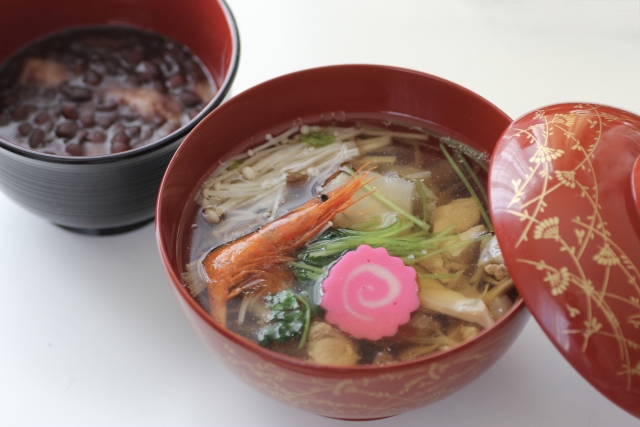
Ozoni and anko-mochi. Photo by mie06
Mochi
Third is the Mochi. This is one of the most important foods in Japan on New Year’s Day. When you say, mochi, in Japanese, it means to have or to hold. They believed that by eating Mochi, it helps you achieve good fortune. There are many ways to prepare and serve Mochi.
There is Kinako mochi with roasted soybean powder and there is a Kagami mochi, this type is usually prepared to decorate for New Year. It has a daidai or bitter orange on top of two stacked mochi. It is used in a Shinto altar at home as an offering. There is also a fun activity in making Mochi. This is my favorite. It is called traditional rice-pounding tournaments or Mochisuki Taikai. Those who try to do this activity are believed to gain good luck.
Ozoni
Finally, the Ozoni soup. It is a kombu miso-based soup with Mochi, chicken meat, leafy vegetables and yuzu peel that is eaten usually in the morning of January 1st. They said that this is one of the most iconic dishes in the New Year.. Although it has a variety of ways to prepare according to region, it originates in the Kansai area. For all the 2nd Grade Classes, this dish is the most favorite of all.
Sometimes, doing a lesson for our students makes us feel that we are sharing and imparting our knowledge to them. That is what we are as a teacher supposed to be. But now I realized that it is not only me who is teaching them. It is them who are giving me so much information and learning. I really learned so many things from the students. And so far, this is my most favorite topic because it is about sharing traditional food that we eat on the most celebrated occasion in the world, New Year’s Day.
Photo Credits:
Top photo: ありのまま4youさん on PhotoAC
Additional photo: mie06さん on PhotoAC
All additional images provided by the original author, used with permission
All other content (text) created by the original author and © 2022 MUSUBI by Borderlink
RELATED
-
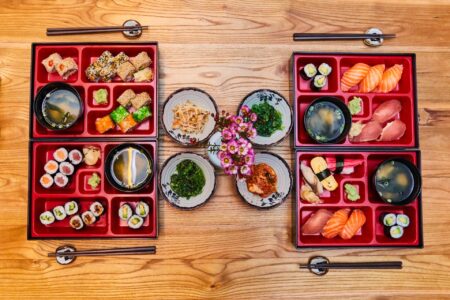
Osechi: A New Year’s Tradition
Top Photo by kofookoo.de on Unsplash Previous Version: Masaaki Komori used under the Creative Commons Attrib… -
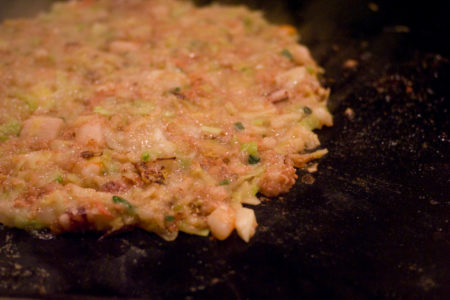
Monjayaki: An Intellectual & Fun Food
Top Photo: “Monjayaki” by Masaaki Komori from Tokyo, JAPAN licensed under the Creative Commons Att… -
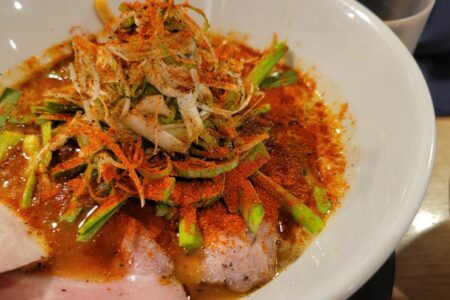
Kikanbo: The Taste of Hell
Top Photo: 葵花音さん on PhotoAC Ever wondered what Hell tastes like? As a self-diagnosed spice head and ramen love…
PEOPLE

W.A. Hori
From the Philippines
Has many years of experience in Japan!


